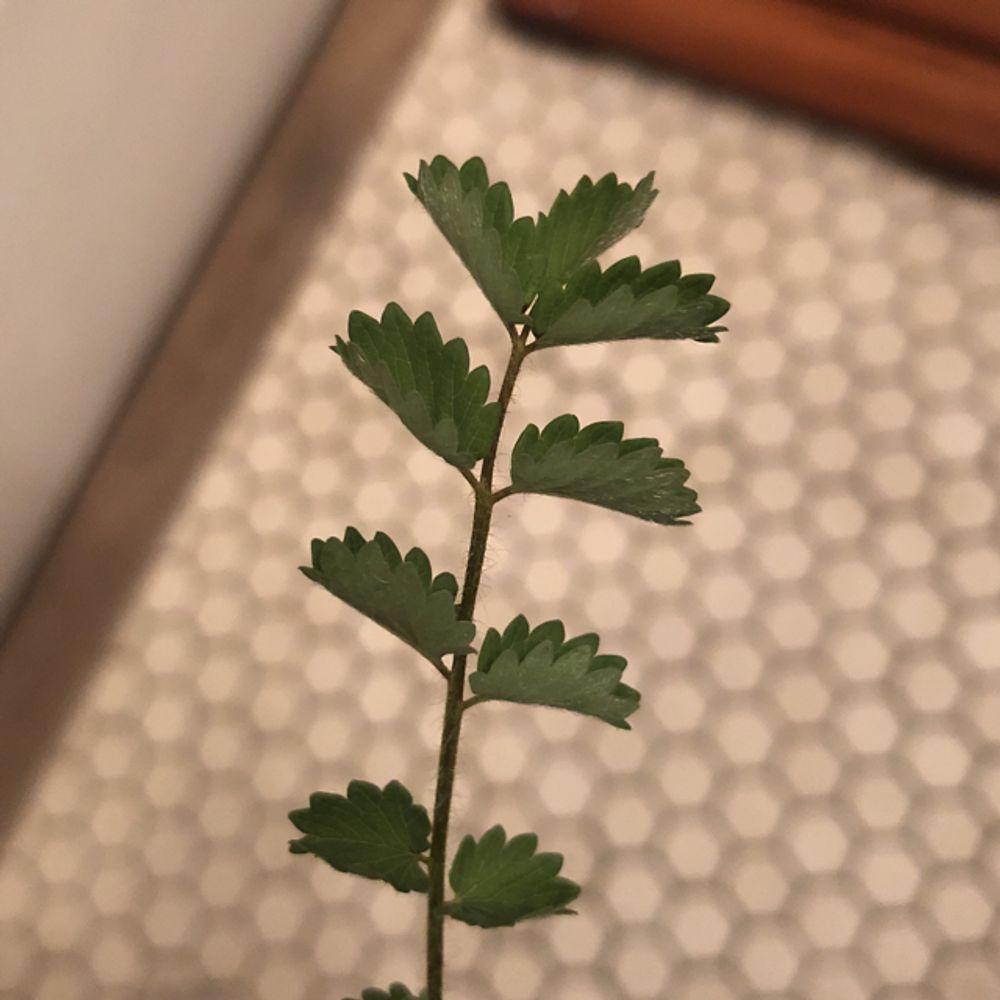Burnet
(Sanguisorba)

Description
Sanguisorba is a genus of flowering plants in the family Rosaceae native to the temperate regions of the Northern Hemisphere. The common name is burnet. The plants are perennial herbs or small shrubs. The stems grow to 50–200 cm tall and have a cluster of basal leaves, with further leaves arranged alternately up the stem. The leaves are pinnate, 5–30 cm long, with 7-25 leaflets, the leaflets with a serrated margin. Young leaves grow from the crown in the center of the plant. The flowers are small, produced in dense clusters 5–20 mm long; each flower has four very small petals, white to red in colour. Sanguisorba minor is a food plant for the larvae of the grizzled skipper (Pyrgus malvae) and the mouse moth (Amphipyra tragopoginis). Burnets are cultivated as garden plants. Many cultivars have been bred, especially from S. officinalis. S. canadensis is grown for its white flowers on stems that well exceed a meter tall. The plants hybridize easily, producing new mixes. S. obtusa is valued for its foliage of pink-edged, gray-green leaves. S. officinalis is used medicinally in Asia to treat gastrointestinal conditions and bleeding. Sanguisorba means ‘blood stauncher’. ‘Sangui’ is a cognate with ‘sanguine’, meaning 'blood red'. ‘Sorba’ means 'to staunch’. The plant is known to have styptic properties.
Taxonomic tree:







